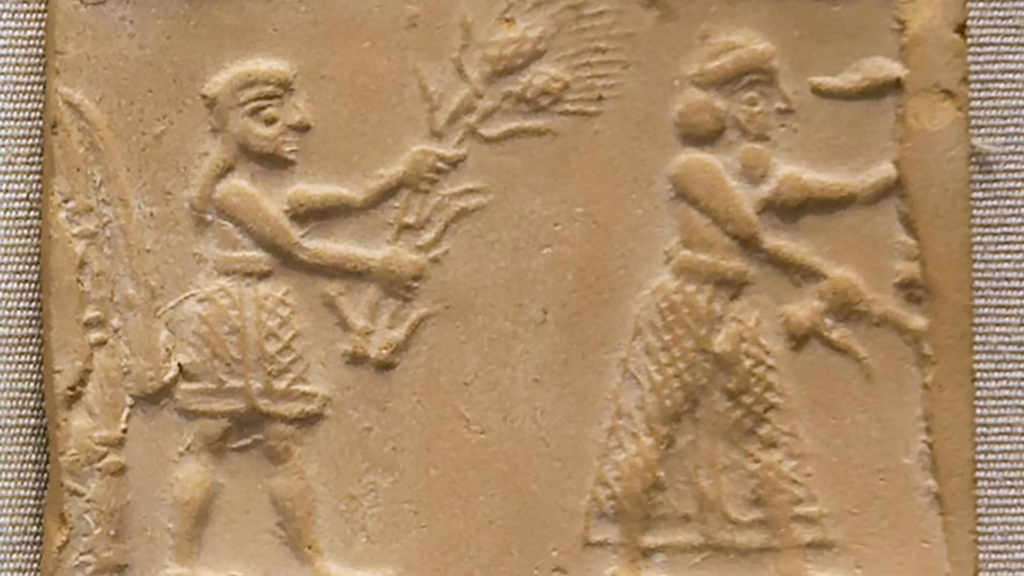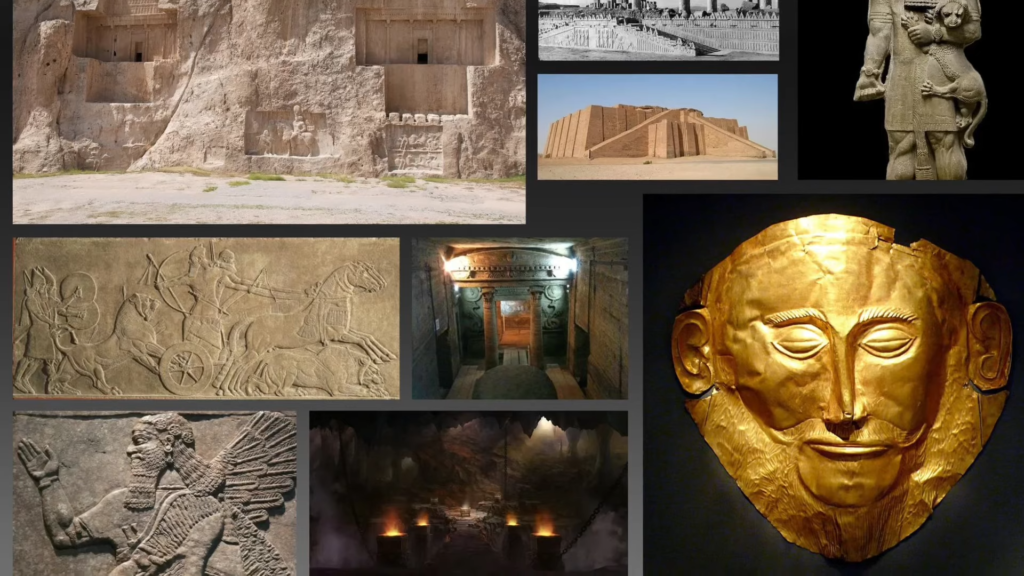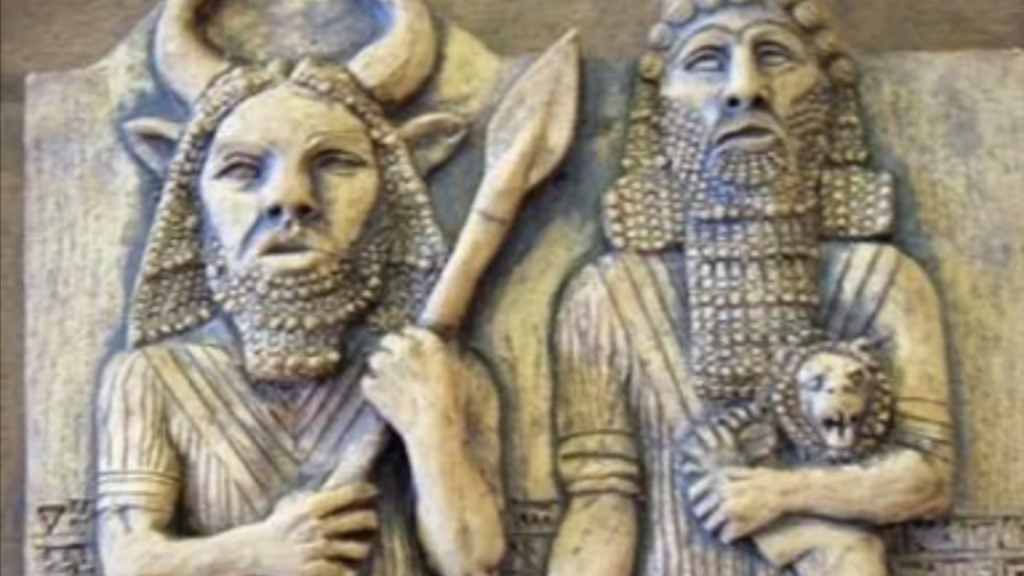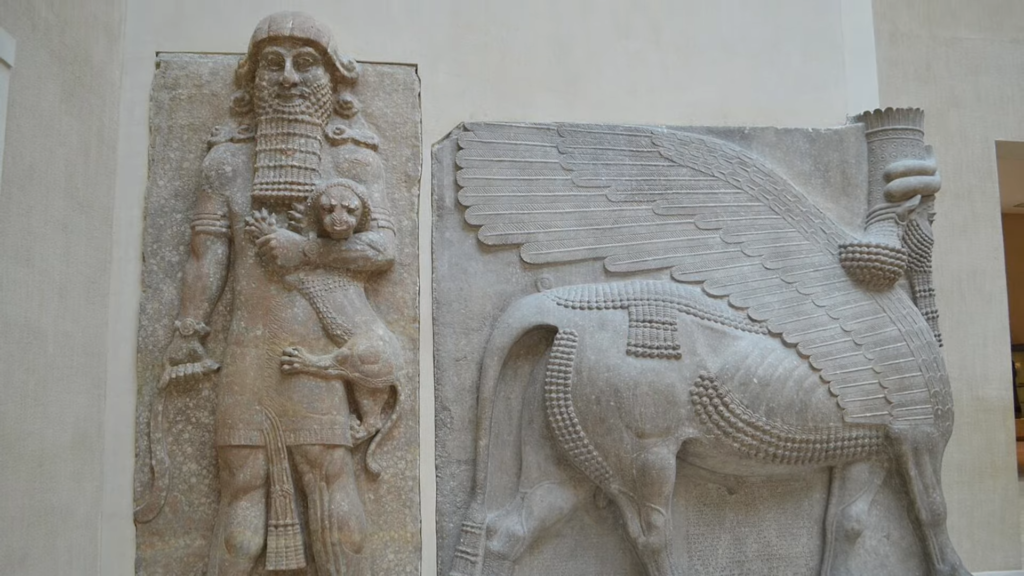Many of us have heard of Gilgamesh, the legendary figure from ancient mythology. But can we pinpoint a specific time period and location for this mythological ruler? Moreover, as we explore the greatest ancient cities by size and population, can we uncover evidence not only of Gilgamesh but also of a broader migration of knowledge, suggesting a more interconnected ancient world than traditionally believed?

According to the consensus of modern-day scholars, around 7,000 BC, the largest settlements in the world were situated on the West Bank of the Jordan River, with notable sites like Jericho and Beidha. However, by 6,500 BC through roughly 4,000 BC, the mantle of the largest settlement shifted to Catalhoyuk in modern-day Turkey, a hub teeming with up to 10,000 permanent residents. Yet, it’s the discoveries in modern-day Ukraine that truly captivate our imagination.

In the last 50 years, thanks to advancements in infrared aerial photography, archaeologists have unveiled two massive fortified settlements in Ukraine, Talianki, and Mayats, dating back to around 3,600 BC. Each boasting at least 2,000 unique buildings and a population estimated at tens of thousands, these ancient Proto-cities challenge conventional narratives about early urbanization and cultural exchange.

But it’s the enigmatic figure of Gilgamesh that beckons us further into the depths of antiquity. From roughly 3,500 BC to 2,800 BC, the ancient city of Uruk, situated in what is now Iraq, rose to prominence as one of the largest urban centers in the world. Initially founded as two smaller settlements dedicated to the worship of deities, Uruk flourished under Gilgamesh’s reign, growing to a staggering population of over 880,000 residents by 2,800 BC.
Uruk, often considered the cradle of civilization, boasted impressive architectural feats, including a network of canals likened to the “Venice of the desert” and monumental structures like the famed ziggurat dedicated to the sky god Anu. Yet, despite its grandeur, Uruk’s decline was swift, its once-thriving streets eventually falling silent and abandoned.

The rediscovery of Uruk in the mid-19th century sparked renewed interest in ancient Mesopotamia, coinciding with the unearthing of the Epic of Gilgamesh in 1849, further intertwining myth and history in a captivating narrative.
As we reflect on these monumental discoveries and the intricate tapestry of ancient civilizations, I extend my deepest appreciation once again to all of you, our cherished audience, for your unwavering support. Together, we continue to unravel the mysteries of our shared human heritage, one discovery at a time.

Please like, share, and subscribe, and I eagerly await your thoughts on the ancient epic of Gilgamesh in the comments below. Until next time, let’s keep exploring the wonders of our past together.





